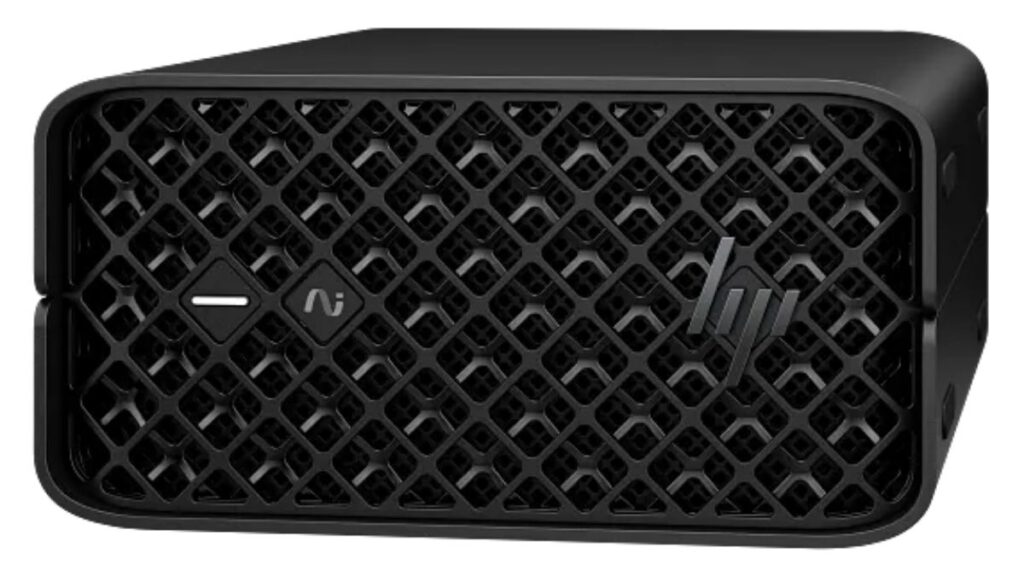As an entrepreneur, you likely know just how valuable data is in the current business landscape. Having access to vast amounts of user data can help you make better-informed operational decisions that directly impact your success. However, this data is also valuable to cybercriminals.
Hackers are increasingly targeting small businesses. A data breach that sees your clients’ data compromised can see your business suffer reputational damage, costly disruptions, and — depending on your industry — fines. It is, therefore, essential to identify which of today’s innovative technologies can help you safeguard user data.
Addressing Common Issues
One way to mitigate data breach risk is to understand some of the common causes of data loss. In general, these include human error, malware, and ransomware attacks, data mismanagement, and hardware failure. Understanding how these factors can contribute to cybersecurity problems can help you identify the most relevant technology to address these issues, thereby bolstering overall client security.
These tech tools may include:
Biometric Technology
One of the common forms of human error — both in terms of client interactions with your services and staff activities — relates to poor password practices. Unless stakeholders choose strong passwords and regularly update them, data is vulnerable to breaches. Thankfully, there continue to be technological advances in this area. Fingerprint readers and facial recognition technology on mobile devices enable biometric security. This offers additional security layers that support passwords or even replace them entirely. The financial industry is already utilizing biometrics for digital customer and staff verification and the medical sector has begun to adopt it to ensure that only authorized patients and personnel have access to sensitive records.
Artificial Intelligence
Artificial intelligence (AI) behavioral analytics platforms can be useful on various fronts for protecting user data. Firstly, they monitor staff and other user interactions with company networks in real time, using algorithms to spot patterns in behavior associated with higher risks. These platforms also analyze networks for vulnerabilities that offer opportunities for data theft or other breaches. As a result, AI can provide businesses with valuable recommendations and insights to prevent data loss. The e-Commerce industry is also using AI threat detection to identify phishing attempts and automatically filter them.
Safeguarding Smart Operations
Like many businesses today, yours may have become more efficient by adopting a range of smart devices. An increasingly common approach to making the most of this is by cultivating an ecosystem of connected devices in the Internet of Things (IoT). While this approach can be helpful for automating repetitive tasks, saving on utility costs, and supporting interdepartmental collaborations, there are also significant data risks.
Any insufficiently protected device in the IoT could represent an entryway for criminals to access client data. This includes any devices onsite due to a BYOD policy — and this is why it’s so important to safeguard every device that’s part of your smart operations with robust security tech. It can be wise to adopt one of the advanced network segmentation tools that have emerged in recent years. These effectively create virtual networks for your devices to interact on that are separate from the core company network. This means that even if devices are breached, it’s harder for hackers to access sensitive data.
It’s also essential for all data being passed between devices in the IoT to be secured with solid encryption protocols. One of the most popular tools to adopt — particularly among governments, medical industries, and others that handle sensitive information — is Advanced Encryption Standard (AES). Many contemporary routers already have this option built into the security settings, you simply need to select it.
Creating Supportive Policies
Technology alone isn’t sufficient to keep client data safe. It’s important to ensure that the tools and protocols your company adopts are underpinned by supportive methodologies. Building an effective information security policy provides stakeholders with clear guidelines about how data should be handled and safeguarded. Specifically, your policy should cover these pillars:
- Confidentiality: Who has access to data in your organization, and what needs to be done to obtain this data?
- Integrity: What authenticity, veracity, and consistency standards must your data meet in order to be considered valid?
- Accessibility: Who inside and outside your company can gain access to your data, and for what purposes?
It’s vital to ensure that, alongside creating the policy, all stakeholders clearly understand it. Ensure that your company provides guidance on protocols as a key part of initial onboarding and training. You can attend to this more consistently by creating eLearning modules designed for specific roles and departments.
This helps to ensure not only that the information security policy is communicated, but also that staff receive relevant guidance within the context of their activities within the organization. Indeed, it’s worth designing modules that update staff’s policy knowledge as they progress through the company as well as during periodic refresher training. Not to mention that eLearning platforms enable human resources (HR) to keep records of who has received and completed training on the policies. This can be particularly useful for industries with strict data regulation compliance standards, such as the medical and financial sectors.
Conclusion
Your business has both ethical and business imperatives to keep your client information safe. Consider addressing common user data challenges using tools like biometric identification and AI behavioral analysis software. If you’re utilizing the IoT, be sure to adopt strong encryption protocols that minimize vulnerabilities. Your tech efforts should also be underpinned by clear information security protocols that provide stakeholders with solid data guidance.
Nevertheless, alongside your internal actions, it’s important to ensure your clients have sufficient information to safeguard data from their side. Provide them with options for tools such as multi-factor authentication and keep communicating with them about how to navigate evolving data threats. This not only produces a more holistically secure environment, but it can also demonstrate to clients that you care for their ongoing digital well-being.



